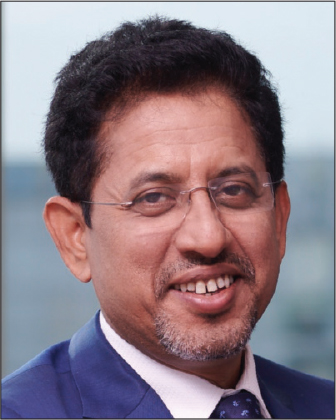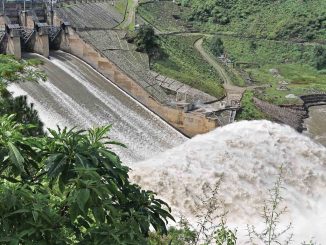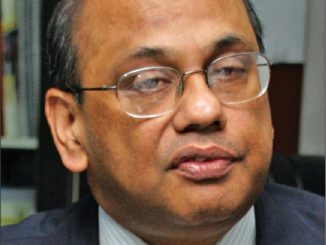 By Rajiv Ranjan Mishra, Managing Director, Apraava Energy
By Rajiv Ranjan Mishra, Managing Director, Apraava Energy
Development is meaningless unless it is inclusive and driven by a clearly defined purpose. As a developing country faced with the challenges of reviving economic growth and lifting millions of people out of poverty while also meeting its international environmental commitments, India will witness an increasing demand for sustainable and accessible power in the coming decades. Goal 7 of the United Nations Sustainable Development Goals (SDGs) calls for ensuring access to affordable, reliable, sustainable and modern energy for all. Enabling access to clean energy for all, therefore, assumes great importance for a country like ours. The signs for the future of India’s power sector look positive.
Renewables will drive growth and attract investments in the sector
India’s power sector is one of the most diversified in the world, encompassing conventional sources such as coal, lignite, natural gas, oil, hydro and nuclear power, as well as renewable sources such as wind, solar, and agricultural and domestic waste. India has a total installed power generation capacity of more than 386 GW, of which almost half is accounted for by the private sector. In terms of energy type, renewables-based energy has crossed 100 GW (or 25 per cent) of installed capacity. Barring a dip in 2020-21, India has registered a steady increase in power generation since 2009-10. Over the past six years, 139 GW of installed capacity and 141,000 ckt. km of transmission lines were added, and 2.8 crore households were connected to the grid. Meanwhile, the solar power segment continues to grow rapidly and has become more affordable. Solar tariffs in FY2020 were almost a third of those in FY2015.
The Government of India’s focus on providing “Power for All” has accelerated efforts to ramp up power generation capacity, largely through renewable energy. India is targeting 175 GW of installed renewable generation capacity by 2022 and 450 GW by 2030. These are admirable targets and are aligned with India’s Nationally Determined Contributions under the Paris Climate Agreement, which entail, among other things, ensuring that 40 per cent of generation capacity comes from non-fossil fuel sources; reducing emissions intensity by at least one-third as compared to the levels in 2005; and enhancing investments in development programmes in sectors that are vulnerable to climate change – all by 2030. India’s efforts so far have helped it improve its SDG score from 60 in 2019 to 66 in 2021, according to NITI Aayog’s SDG India Index 2020-21.
Distribution reforms will help address long-standing issues
The positives on the generation and transmission front need to be complemented by reforms in the area of distribution. For instance, the opening up of the distribution segment to the private sector will encourage healthy competition, improve distribution efficiency and reduce tariffs. Adopting smart metering and strengthening the power infrastructure will reduce the huge aggregate technical and commercial losses that the industry is currently experiencing.
The Electricity (Amendment) Bill, 2020 is a welcome development because it aims to transform the power sector in some important ways. One of the key reforms it entails is delicensing power distribution and encouraging competition. This will not only empower customers but will also attract huge investments into the power sector – especially in renewable energy generation, transmission and distribution. All these developments will ultimately benefit consumers by improving systemic efficiencies and making tariffs more competitive.
Collaborations will be key to fulfilling national goals
Energy is an enabler of various socio-economic activities, and therefore, its generation and use are directly tied to addressing challenges and meeting needs in other socio-economic spheres. These challenges need to be addressed not in silos, but collectively, as one. This calls for collaboration between the government, the private sector, start-ups, academia and NGOs on energy projects and programmes aimed at fulfilling national goals.
The future of energy is not merely about meeting commitments in terms of numbers, but also about ensuring that energy generation and end use serve the larger purpose of benefiting all aspects of life and economic activity, at every level of our society. With a new economy, based on clean and sustainable energy targets, on its way, realising the prospects of socio-economic collaborations and interests will lead to inclusion and build a new set of competitive strengths for the country.



